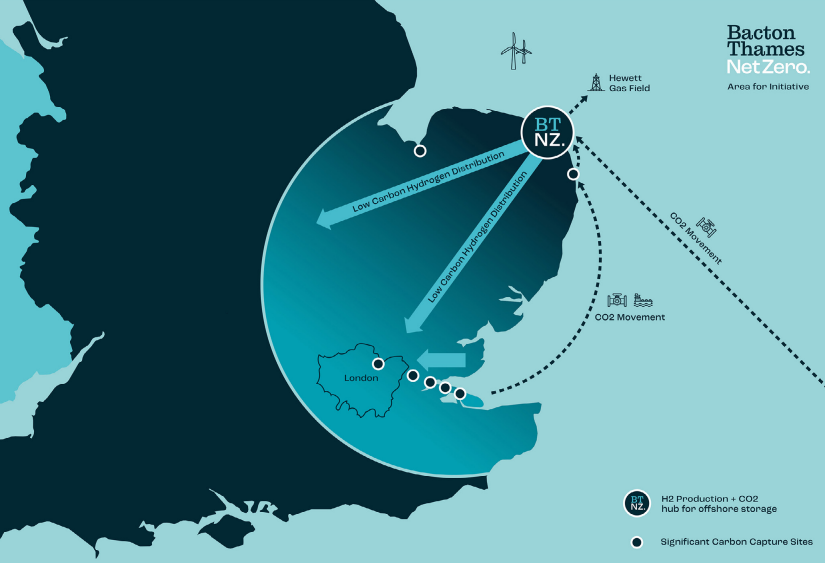FST JOURNAL
The UK Nuclear Fusion Programme
DOI: https://www.doi.org/10.53289/NMWJ7519
Fusion will be here sooner than expected
Francesca Ferrazza

Francesca Ferrazza is Head of the Magnetic Fusion Initiatives unit at Eni S.p.A., Italy’s Energy company, in charge of supporting the development of fusion technology and projects. She has a background in semiconductor physics and over thirty years of experience in applied research and R&D management, in particular in the areas of Renewable Energy sources, Environmental and Remediation technologies, biofuels and storage. During the period 2009-2018 her responsibilities were on the company’s Renewable and Environmental R&D portfolio, and between 2018-2022 she took the responsibility of the Company’s R&D Centre for Decarbonization and Environment, leading 120+ researchers and many laboratories in Northern Italy.
Summary:
- Eni is an Italian energy company with long standing projects in the UK. They have been involved in a decarbonisation path for several years with targets to decarbonize completely (Scope 1, 2 and 3) by 2050.
- We want to see fusion becoming a reality sooner than expected by traditional roadmaps.
- The UK has a remarkable programme in the fusion space. We have invested considerable work in the country because we are interested in the practicality and pragmatism that the UK has been bringing about in the energy sector.
- Cooperation between different parts of the fusion community: public, private, and the supply chain is fundamental. However, we still need to sustain contributions from SMEs and technology providers.
Eni is a global energy company based in Italy. Eni works in more than 60 countries, including in the UK where the company has been since 1964. Today, our activities in the UK span across the entire energy value chain – from the traditional sector to carbon capture and storage, to offshore wind and fusion energy.
Why fusion?
We saw fusion technology coming a few years ago and started investing when we saw that things were maturing. We wanted to time it right to get fusion onto the decarbonisation path.
We have been involved in a decarbonisation path for several years with targets to reach net-zero emissions by 2050. Decarbonisation can only be achieved through a variety of technologies that are applied depending on the situation. Our flexible approach favours the use of all options according to their maturity and effectiveness in reducing emissions. In the UK for example, we already have a mix of energy sources including a renewable energy company working on offshore wind through our affiliate company Plenitude. Eni is also a leading operator in Carbon Capture Storage (CCS) projects in the UK, leading to the development of two CCS Clusters: HyNet North West and the Bacton Thames Net Zero project. We see a mix. Renewables and biofuels are already here.
Fusion is a very interesting source of energy, it gives a great amount of power with high energy density, it is a baseload, and it complements renewables. Back in 2018, we invested in a fusion company startup; Commonwealth Fusion Systems, a spinoff from the Massachusetts Institute of Technology (MIT) in the US. We saw the need for private investment in fusion, an important additional boosting point to what had been largely a government based set of international programmes.
Being an energy company means that we want to use that energy and want to deal with power stations delivering energy to the grid, while making sure that this it is done in a proper way. We are used to complex projects in difficult parts of the world and fusion is the challenge we wanted.

In the pathway towards technology commercialization, of course there are a lot of unknowns, so we are engaging with the best in class research centres, universities, institutions, agencies and supply chains to deliver the results we need; especially going to the fuel cycle (for instance), which has never been tested at an industrial level. It is also a challenge to get the energy to commercial power stations and power plant stage. We have engaged in a much shorter timeline compared to others and we know that this has created a bit of debate in the scientific community. I can’t compare one target year to another, but fusion is coming and it's coming sooner than what the traditional roadmaps were foreseeing.
Why do we invest so much in the UK?
The UK has managed JET (The Joint European Torus) successfully over the years and has a lot of knowledge on fuel, the tritium cycle, materials and all the things that need to be done to make the technology a commercial reality. To do all of this, you need a supply chain, a collaboration of all these entities together and the UK is posing a very sound and important programme. We were very interested in the practicality and pragmatism that the UK has been bringing the fusion space at large.
In order to grow an industry on such a difficult technology, you need a stable, predictable environment; you need a regulatory system which is clear and different from fission. The UK has done all of this and this is valuable. As part of this, we are presenting the UK as a virtuous case of how you need to put everything together to make it possible for fusion commercial systems to develop. We are speaking to the UK government in order to bring together this experience to Italy, and aim for a fruitful collaboration of both countries at international level.
What we need to do next
We don’t want to reinvent the wheel and believe it’s really important to get over certain regulatory constraints. There’s also going to be a lot of investment needed to get fusion to be a commercial reality. The effort that the UK is making and the role of UKAEA are very valuable. Cooperation between different parts of the community: public, private, and the supply chain are fundamental in this, but it's still not enough. We need to sustain contributions from SMEs and technology providers. We also need to get more energy companies to be the end users and the developers of the systems that provide energy for the people.
